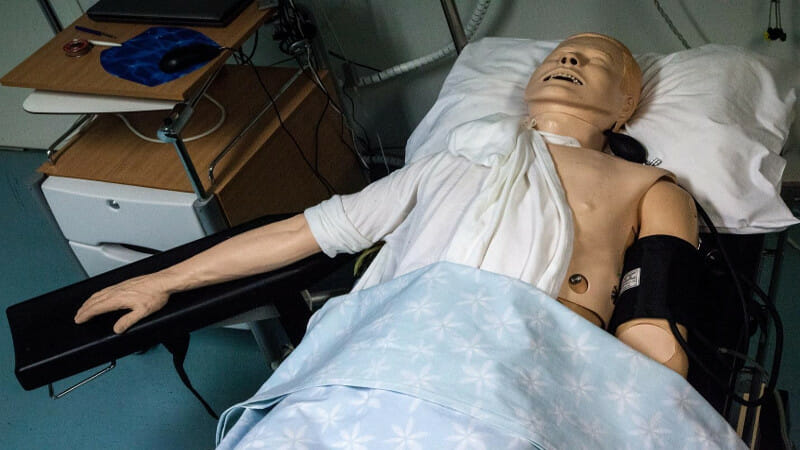
Last Updated On: September 9, 2024
There is still a debate surrounding the importance of breaths when you are carrying out CPR. The British Heart Foundation informs people to carry out chest compressions. This is considered simpler than the breaths when carrying out CPR. On their side, most people do say that carrying out chest compressions is as important as compared to breathing into the mouth of the victim. Most of the online first aid and CPR training insist on carrying out both activities on the victim.
When an adult experiences a cardiac arrest, they will still have residual oxygenated blood. This will sustain them for about 4 minutes until the increase of oxygenated blood. After the 4 minutes, they will run out of oxygenated blood and the breaths will be a great way of supplying oxygen to the patient.
Rescue breaths should be administered to the children to supply them with oxygenated blood. For children, you should begin by carrying out 5 rescue breaths. Begin by carefully tilting the head of the child back. Breath into them and you will see the chest rise.
Follow by chest compressions. About 30 chest compressions should be carried out on the child by pushing down the chest by about a third. Do not make the chest compressions too hard and fast. Call an ambulance and continue giving them rescue breaths at the rate of 2 rescue breaths after every 30 chest compressions.
When you are giving the victim the pushes, it is more of becoming a heart for them by pumping blood around the body of the victim and carrying out a cardiac massage. Evidence shows that it takes around 13 compressions to get enough pressure to pump blood around the body. This is the main reason why compressions are emphasized. Evidence has also shown that after 3-4 minutes, the body will run out of oxygenated blood. Therefore, it is important to combine 30 chest compressions with two breaths.
It is important to avoid over ventilation of breathing too hard into the victim. Breathing into the patient should not be done for a long period of time as it can affect the pressure within the lungs and the heart leading to a decrease in the supply of blood to the heart.
Carry out breathing into the victim with the aim of inflating the lungs of the victim. It should, therefore, be a short breath of around a second.
Before carrying out CPR, make sure you understand the condition of the victim to avoid carrying out the wrong practices. Most of the online first aid and CPR training offers invaluable skills that will help you learn how to carry out these life-saving skills in the right way.
American CPR Care Association is a premier provider of online CPR Certification and Recertification Courses. For more information, visit our website or contact us.

